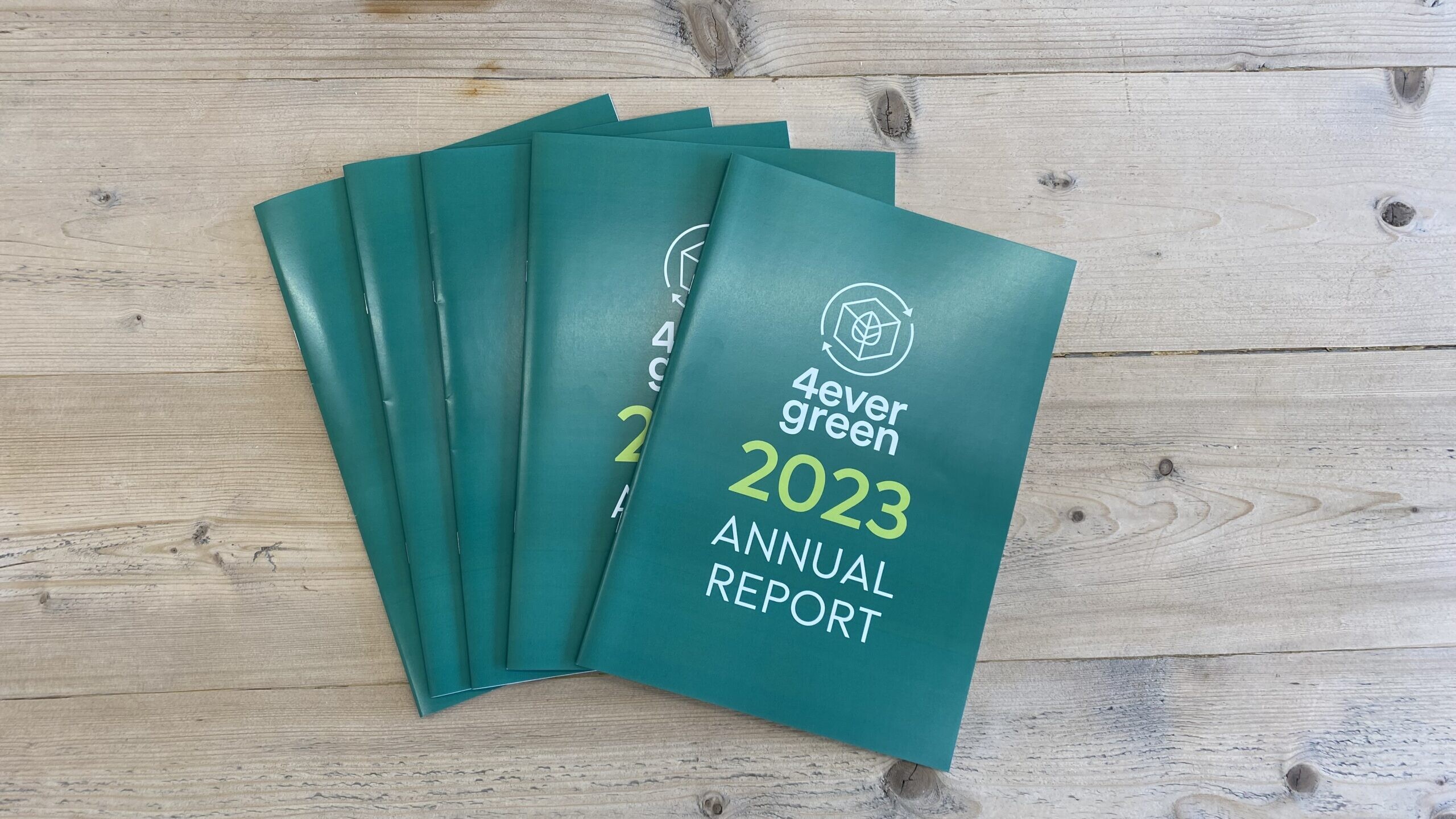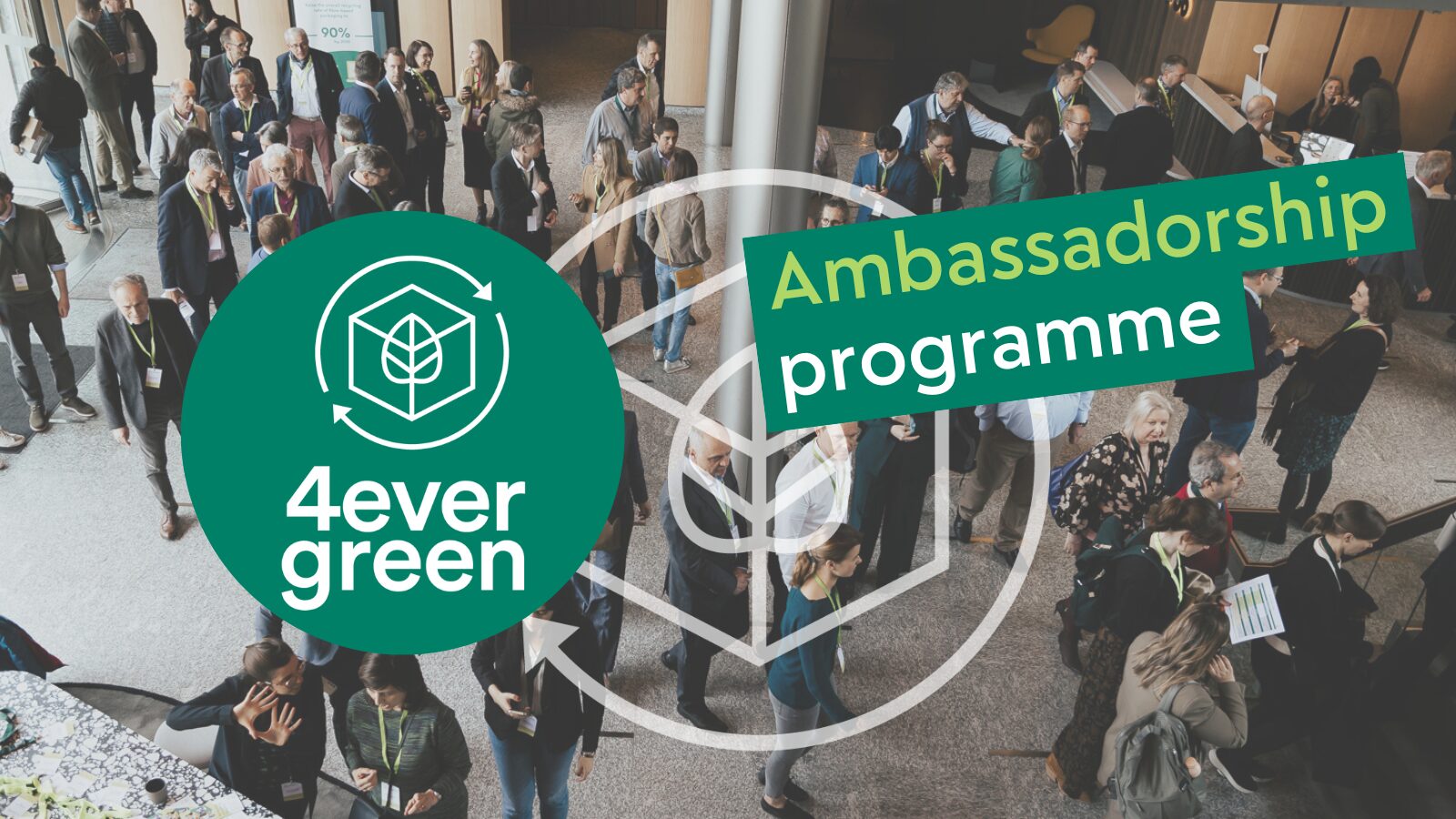There is no doubt that Bratislava has earned its reputation as one of the greenest cities in Europe – and in the world, according to visitors. The Mayor of Bratislava, Mr Vallo, has worked intensely on an ambitious plan that includes, amongst other projects, the goal to plant over 25,000 trees and a research project for the digitalisation of waste management.
In the following interview, the Mayor of the Slovak capital talks about the pillars of his strategy and future plans including the implementation of a “Pay As You Throw” system.
Mr. Vallo, since you became the Mayor of Bratislava in 2018, turning the city into a green, sustainable capital has been a primary goal on your agenda. Can you share with us your vision for Bratislava?
According to the city’s social and economic development plan, Bratislava 2030, the City of Bratislava has the ambition to become a more sustainable city mainly by becoming greener with the planting of more than 25 000 trees, and by implementing the goals set in the Circular Economy Strategy. In the field of climate change, Bratislava is now preparing SECAP and participation in the EU Mission ‘Climate-Neutral and Smart Cities’.
In 2021, Bratislava implemented a Strategy for Municipal Waste Management, with the aim of evolving into a circular economy by 2026. What are the main pillars of this strategy? Have you found any obstacles that might hinder the progress?
The goal of the Strategy for Municipal waste is to guide the city to be more circular. The city has the ambition to make its waste management more transparent and effective, and to involve all stakeholders.
Bratislava wants to achieve a 65% recycling target by 2035 and lower landfill from 11% to 5%. Residual waste is energetically recovered in the incineration plant that delivers the heat to Bratislava’s heating company. Bratislava has also introduced the D2D Collection scheme for the collection of sorted waste from consumer houses in 2020/2021. One of the biggest challenges has been to also set up a kitchen waste collection, which the city is introducing this year. The city must deliver an effective collection system for more than 200 000 households. This project is currently running and will be fully implemented by the end of 2022.
Bratislava will also open its first reuse centre in October 2022 and is in the process of building a new recycling centre in the city’s district of Dubravka and a compositing facility for garden and kitchen waste in the city’s district of Podunajske Biskupice. The city is also working on a kitchen oil collection service and is planning to introduce a textile waste collection system from 2025.
Also, as the management of the city has the ambition to become more circular – the City Hall itself is implementing a series of measures to prevent waste production.
Our alliance is particularly interested in innovation and research to improve the collection, sorting, and recycling of fiber-based packaging. Last year, Bratislava announced the mass deployment of a smart waste management system in cooperation with Sensoneo. What made you look to technology to help combat the waste issue? Can you share with us the first results?
In 2021 city waste collection and disposal company – OLO – purchased an automatic optical sorting line for its facility in Vlčie Hrdlo. This automated line for sorting separated municipal waste was designed and built specifically for the needs of the capital. It is the most modern automated facility for paper and plastic separation in Central and Eastern Europe. Packaging waste (including plastics) and paper, which come from the separate collections of municipal waste collected by OLO, are sorted on the line together with metals and other combined materials. OLO also provides for the collection and sorting of separate components of municipal waste.
One of the ambitions of the city is to have a more transparent waste management system, therefore the digitalisation of whole waste management is important to fulfil its ambitions and set up a PAYT system for its citizens. The waste data collection system is still not established.
The project is based on cooperation between Sensoneo and OLO and it is a research project rather than the implementation of a waste management monitoring system. This project will end in October 2022.
In your view, what has been the role of citizens in enhancing the way Bratislava recycles and manages waste?
Awareness regarding recycling and waste management in Bratislava is raising – we see that by the number of questions about the whole waste management system. The city is now sorting 41% of municipal waste and wants to establish a PAYT system to financially motivate our citizens to sort their waste.
Finally, as Mayor of the capital of an EU Member State, how do you see Bratislava’s plans and ambitions contributing to the targets of the EU Green Deal?
Bratislava is the capital city where 10% of the population of Slovakia lives. Its ambitions and goals will therefore have a great impact on the sustainable development of Slovakia and on fulfilling the goals of the European Green Deal. Among the circular economy and climate change goals includes the city becoming climate neutral by 2030.
At 4evergreen, we are always curious to hear about novel technology solutions that can effectively contribute to improving the sorting and recycling rates, which include smart lines like the one tested by Bratislava’s disposal company OLO.
On the other hand, exciting years are ahead of us: both our alliance and the city of Bratislava have set complementary targets for 2030. We wish the city and its inhabitants the best of luck on this journey.
A year of collaboration and growth: discover 4evergreen’s 2023 Annual Report!
We are excited to launch 4evergreen’s 2023 Annual Report, looking back at our growth and achievements from the past year and recognising…
4evergreen launches new Ambassadorship programme
4evergreen is hitting the conference floors! This year, the alliance has launched a new Ambassadorship programme that will take us to major…
4evergreen wins European Paper Recycling Award
Brussels, 20 February 2024: The 4evergreen alliance has won a prestigious award from the European Paper Recycling Council (EPRC) in the…



